This month we are looking into immigrant homelessness and why this population makes up 20% of the population served at the Inn. In our first episode Interim Executive Director, Louise Gallagher, and Manager of Special Projects Rebecca MacDonald, where they discuss the complexities of immigrant homelessness, why new Canadians may find themselves in crisis situations, and what can be done to mitigate this trend.
It is important to recognize the very different contexts affecting families experiencing homelessness. Immigrant and newcomer families face a whole list of barriers and obstacles that are unique to their situation and that must be addressed in order to get them into safe and affordable housing. These obstacles include language barriers, a lack of understanding of the services that are available to them, and the fact that they are earning so much less than the average Canadian and therefore have much less income to spend on appropriate housing. There also tends to be a preference for staying with friends and family rather than seeking help at a shelter, so it becomes difficult to quantify the real numbers of immigrant homelessness.
There are an incredible amount of cultural differences between Canada and the countries that these families are coming from, and every one of them makes an impact on their housing. Finding stable employment when you don’t speak either of the official languages of Canada is hard enough, but it is made twice as hard when employers do not recognize foreign qualifications or require Canadian work experience, not to mention the systemic discrimination in the employment process. Relative income upon entering Canada is also lower than in the past, and it takes longer for immigrant incomes to achieve parity with those of the Canadian-born. Without stable employment and a reliable income, finding safe and stable housing is close to impossible. Discrimination presents itself again as a barrier in obtaining housing, as landlords are perceived to be engaging in discriminative selection processes when choosing whether or not to rent to newcomers. All of these socioeconomic obstacles are unique to the immigrant population and must be overcome in some way to be able to find and afford safe housing.
In a similar vein, newcomer families are often not aware of the services that are available to them in their pursuit of affordable housing. Sometimes this is because having access to these services is a foreign concept if they have fled from a dangerous country and are unfamiliar with having any kind of support. Other times it is simply because gaining access to the services they need is doable but complicated, especially when navigating within a system that only speaks a language they don’t understand. Service providers interviewed in one study identified that the difficulties in navigating complex systems to access services were a reality for both clients and staff, due to a lack of inter- and intra-agency communication. Limited knowledge of how to engage in these systems, combined with uncertainty around entitlement to services, makes it even more difficult to access available supports.
Many scholars have documented an under-representation of immigrants in shelter populations, owing to a preference for doubling up with friends and family. This makes them part of a population categorized as hidden homeless, which is one aspect of relative homelessness when a person or family couch surf or stay with family and friends to avoid absolute homelessness. Difficult to quantify, the hidden homeless have been estimated to account for up to 80% of the homeless population; yet, in a Calgary study of residential crowding as a potential indicator of hidden homelessness, a lack of definition of the term and the complexity of cultural backgrounds among other factors impede the ability to define, and therefore quantify, this subgroup of the homeless population. The lack of affordable housing in Calgary is another huge factor in immigrant homelessness. The CMHC defines affordable housing as housing that costs less than 30% of household pre-tax income, but a survey of 112 newcomers experiencing housing difficulty found that on average, 50% of family after-tax income was spent on rent. Obviously, that is not sustainable.
Immigrant and newcomer families make up about 20% of the Inn’s population at any given time of the year, which is concerning, seeing that so much research shows that immigrants tend to avoid the use of social services and shelters, and would likely only use a shelter as a last resort. There are a number of potential factors behind this increase: perhaps families have exhausted their social capital and no longer have families or friends who are able to house them; perhaps the recovery from Alberta’s recession has taken longer to reach more vulnerable populations; it may be that the recent influx of immigrants entering Canada at irregular border crossings, and the subsequent movement of these populations to various urban centers has increased the newcomer population. This question and the surrounding socioeconomic ramifications present as potential areas for important new research.
Read other INNformation Series blogs here.
Or watch the latest episodes here
















